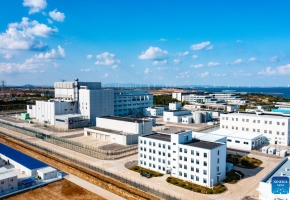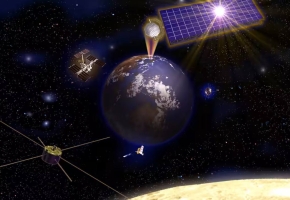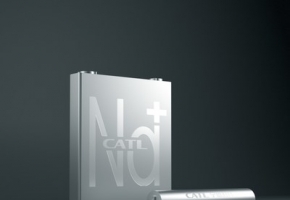How genAI is reinventing lithium batteries

A novel lithium-ion battery design could power electric vehicles, smartphones and other devices with up to 70 per cent less lithium as current designs – and it’s just one of millions of new battery materials invented and tested by fast-developing generative AI (genAI) models.
Based around a newly discovered electrolyte called N2116, the new battery design – a solid-state material that charges faster than existing batteries and is less likely to explode – replaces much of the battery’s lithium with sodium, which is significantly cheaper and easier to source.
N2116 was one of 32 million candidate molecules developed and modelled within a Microsoft cloud platform called Azure Quantum Elements, which has empowered a multi-year partnership with Washington-based Pacific Northwest National Laboratory (PNNL).
Conceptualising, testing, and designing novel battery chemistry normally takes years: battery specialist Sila, for one, spent ten years of R&D to test 55,000 iterations before finalising a specialised battery that it wil begin manufacturing at scale later this year.
And while US research centre Argonne last year debuted a battery design with four times the energy density of lithium energy – meaning it could potentially power an EV for 1,600km per charge and eventually be used to power electric planes and B-doubles – that human-driven work took a decade.
Source: American Central Science
Image: ACS/Shutterstock







